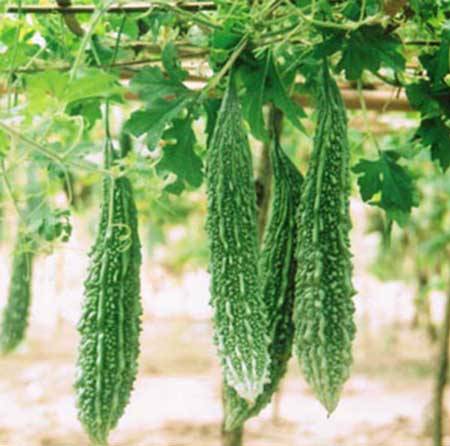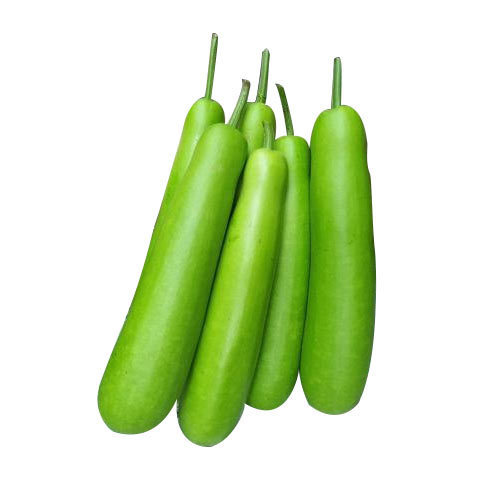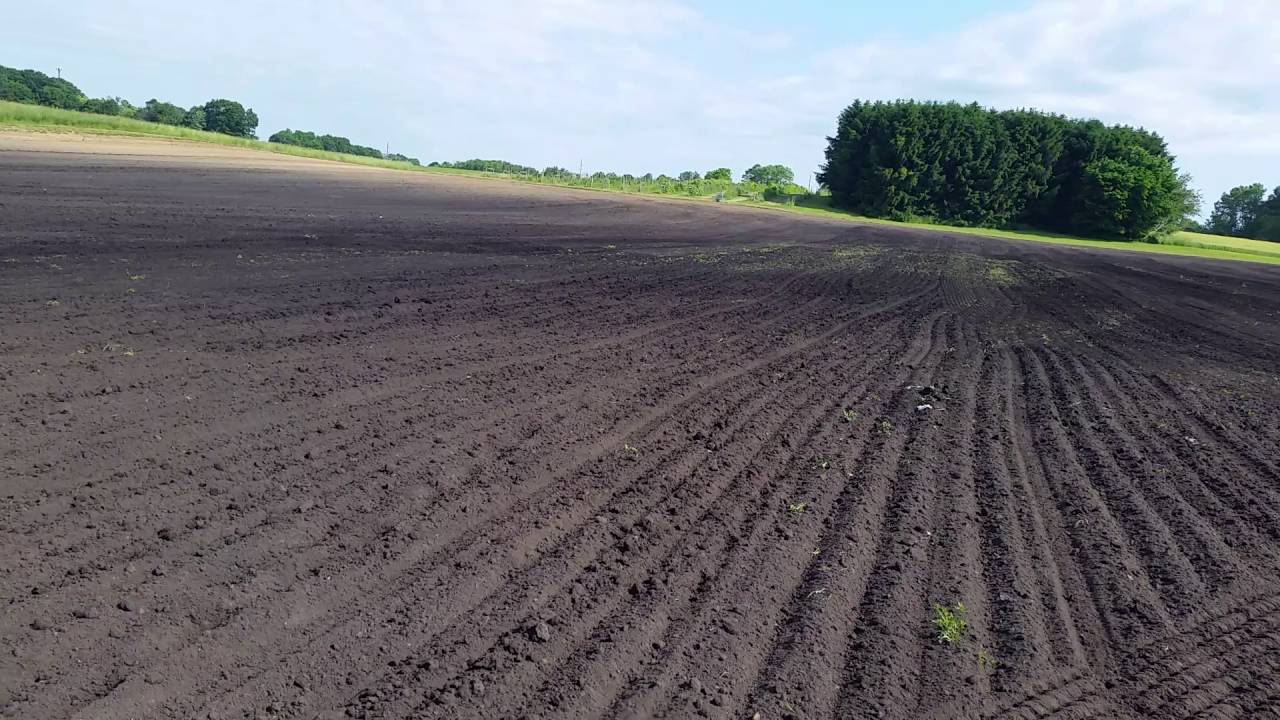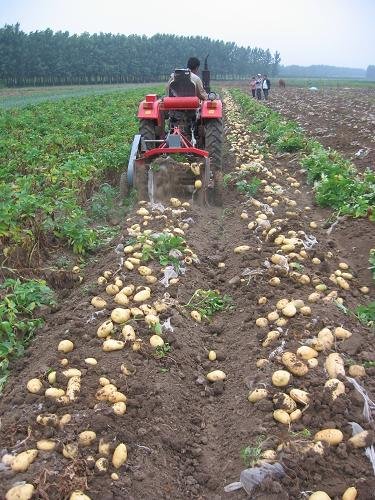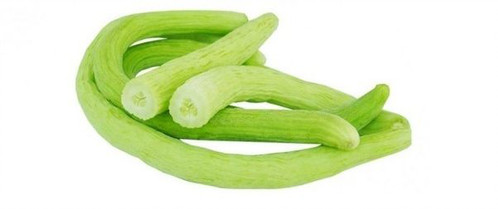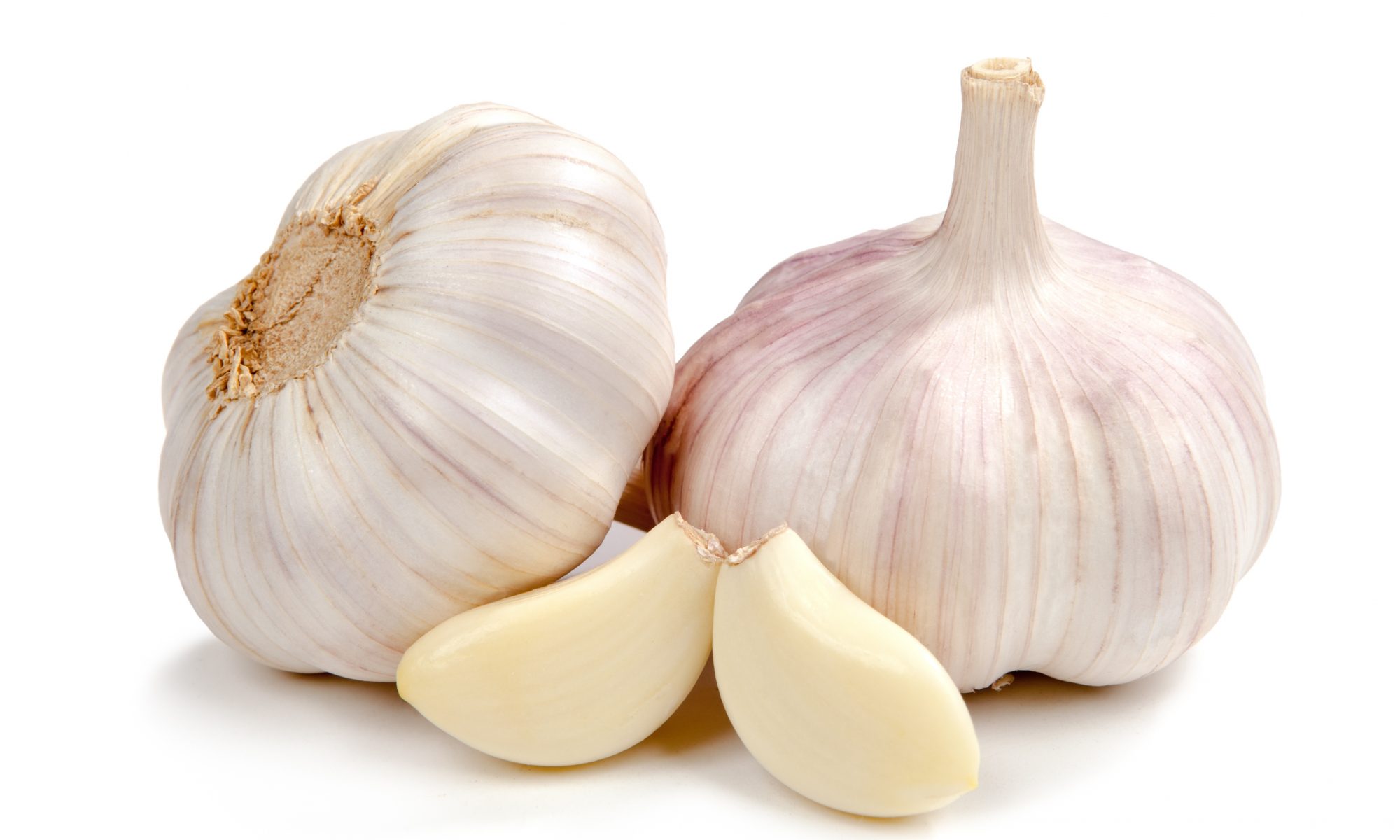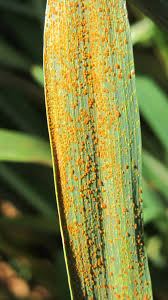- Pustules can be seen after 10-20 days of infection.
- In addition to wheat it can also attack barley, rye and triticale.
- Black rust produces reddish-brown spore masses in oval, elongated or spindle-shaped pustules on the stems and leaves.
- Unlike leaf rust, pustules erupt through both sides of the leaves.
- Ruptured pustules release masses of stem rust spores.
- Black rust develops at higher temperatures than the other wheat rusts within a range of 18-30°C.
Management-
- Destroy volunteer wheat plants. Crop rotation is very important.
- Growing resistant varieties is an economical and environmentally friendly way of disease reduction.
- During the growing season, active crop monitoring is very important for an early detection of diseases.
- Avoid repeated use of fungicides with the same active ingredient.
- Spray Kasugamycin 5% + Copper Oxychloride 45% WP 320 gm/acre or Propiconazole 25% EC 240 gm/acre.
Like and share with other farmers by clicking on button below
Share


